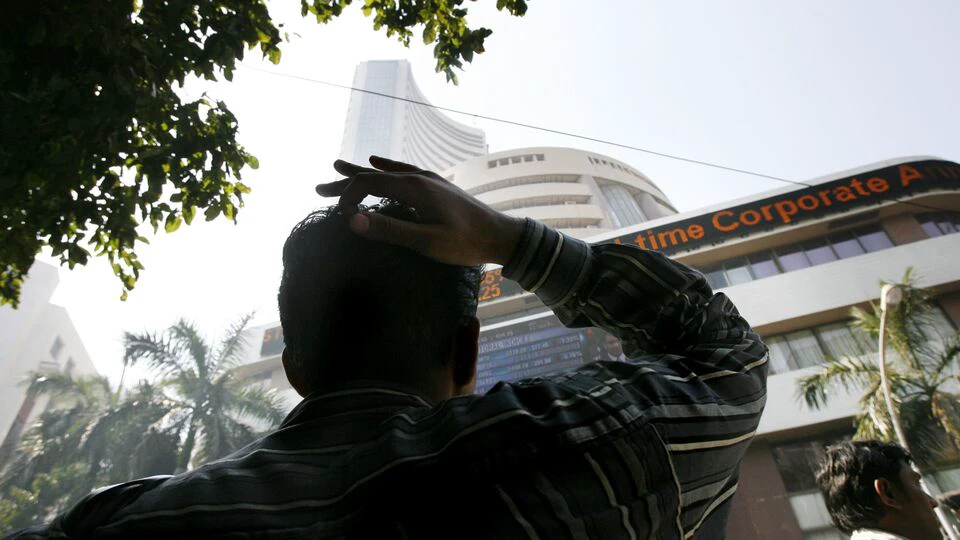While the Indian stock market has remained stable in recent months without any major corrections, its share in global market capitalization is gradually declining, as peers in Asia and the West are advancing faster and capturing a larger share.
According to the domestic brokerage firm Motilal Oswal, India’s share of the global market cap stood at 3.5% in September 2025, which is a 2-year low and a drop from 3.6% in August 2025. India is among the top 10 contributors to the global market cap, and at its peak in September 2024, the share has reached 4.6%.
The US held the largest share of global market capitalization at 48.5% in September, followed by China at 8.9%. Japan and Hong Kong rank next with 5.2% and 5%, respectively. With a market capitalization of $5.1 trillion, India stood at the fifth position, the report showed.
Over the past 12 months, global market capitalization has risen 15.6% (USD 19.5 trillion), while India’s market cap has declined by 10%. The report shows that China recorded the highest increase in market cap at 27%, followed by South Korea (23%), Taiwan (21%), the US (17%), Germany (15%), and Japan (13%).
Except for India and Brazil, all major global markets have seen an increase in market capitalization over the past year.
Indian stock market underperforms key global peers in September
The Indian stock market ended September with a gain of nearly 1%, snapping a two-month losing streak, but it still sharply underperformed compared to key global peers such as Korea and Taiwan, which rose 7 per cent, Japan 5 per cent, the US 4 percent, Brazil and Indonesia, 3 per cent each, and the UK 2 per cent.
Uncertainty over a potential India-US trade deal, the $100,000 H-1B visa fee hike, and the possibility of an earnings revival still at least a quarter away have been weighing on overseas investor sentiment, keeping their selling machine running.
In September, they withdrew another ₹35,301 crore from local equities, taking year-to-date outflows to ₹2.53 lakh crore. If the outflows continue for the remainder of 2025, it would mark a record for FPI withdrawals.
Despite the massive stock exodus, the Nifty 50 remains up 4.10% for the year and is on track for its 10th consecutive annual gain, thanks to relentless buying by domestic institutions. According to exchange data, domestic mutual funds and insurance firms have poured ₹5.81 lakh crore into equities, marking record yearly inflows.
Recent government measures could propel domestic stocks
Motilal Oswal believes the government is committed to supporting and stimulating the Indian economy amid frosty global headwinds, weak private capex, and sub-optimal consumption.
The latest GST reform is expected to be the first major structural reform of the government in its current term. “In our view, the proactive steps of the government, in tandem with the RBI’s stimulus measures, have kick-started a cycle of positive momentum for the Indian equity market, which has been a key underperformer over the past 12 months,” said the brokerage.
On valuations, the brokerage noted that the Nifty is trading at a 12-month forward P/E ratio of 20.6x, close to its LPA of 20.7x. This is considered reasonable and leaves room for expansion, given its expectations of double-digit PAT growth for index companies under its coverage.
While the brokerage prefers large-cap stocks, it has become more constructive on mid-caps due to better earnings delivery and improving prospects. It is overweight on BFSI, consumer discretionary, industrials, healthcare, and telecom, while underweight on oil & gas, cement, real estate, and metals.
